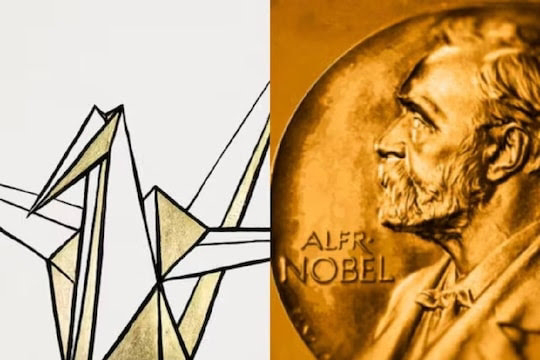Skip to main content
Stone Age
- Humans used stones to make tools and weapons during that period. So, historians describe this phase as Stone Age. Based on the method used to make stone tools, the stone age is divided into three: Palaeolithic, Mesolithic and Neolithic.
Palaeolithic Age- The characteristic feature of the Palaeolithic age is the use of rough (unpolished) stone tools. The term ‘Palaeolithic’ is derived from two Greek words 'palaeos' (old) and 'lithos' (stone).
- The making of tools is related to the means of subsistence of primitive humans. Archaeologists point out that there were three main stages in the use of tools. They are given below.
- Utilisation - A method of using available stones without changing their shape.
- Fashioning - The method of using available stones by changing the shape according to the need
- Standardisation - The method of making specific tools for each purpose
- The different tools used by primitive humans during different phases of Palaeolithic Age. Pebble tools, Biface core tools, Flake tools.
- Core and Flakes - When a piece of stone is broken into two or more pieces, the largest piece is called the core and the smaller pieces are called flakes. Those made of core stones are called core tools and those made of stone flakes are called Flake tools.
- Towards the end of the Palaeolithic period, humans used tools made of bones in addition to stone tools.
- Palaeolithic Age
- Used rough stone tools
- Lived in caves and open spaces
- Hunting and gathering were the means of livelihood
- Bands were the basic units of society
- Bands - Bands are small groups of fewer than hundred members. Band members were bound by blood relation.
- Men were engaged in hunting and women, in gathering
- Food was not stored
- Nomadic life prevailed


Comments
Post a Comment